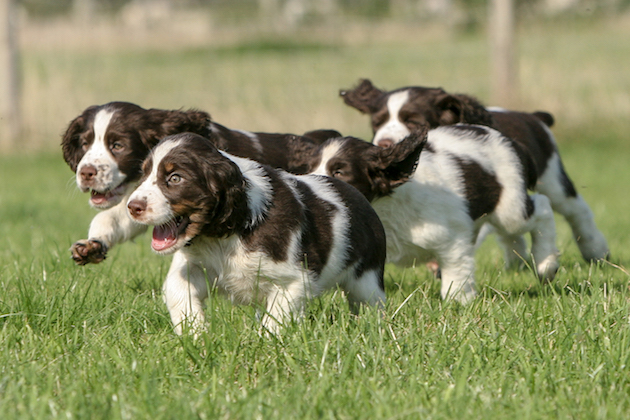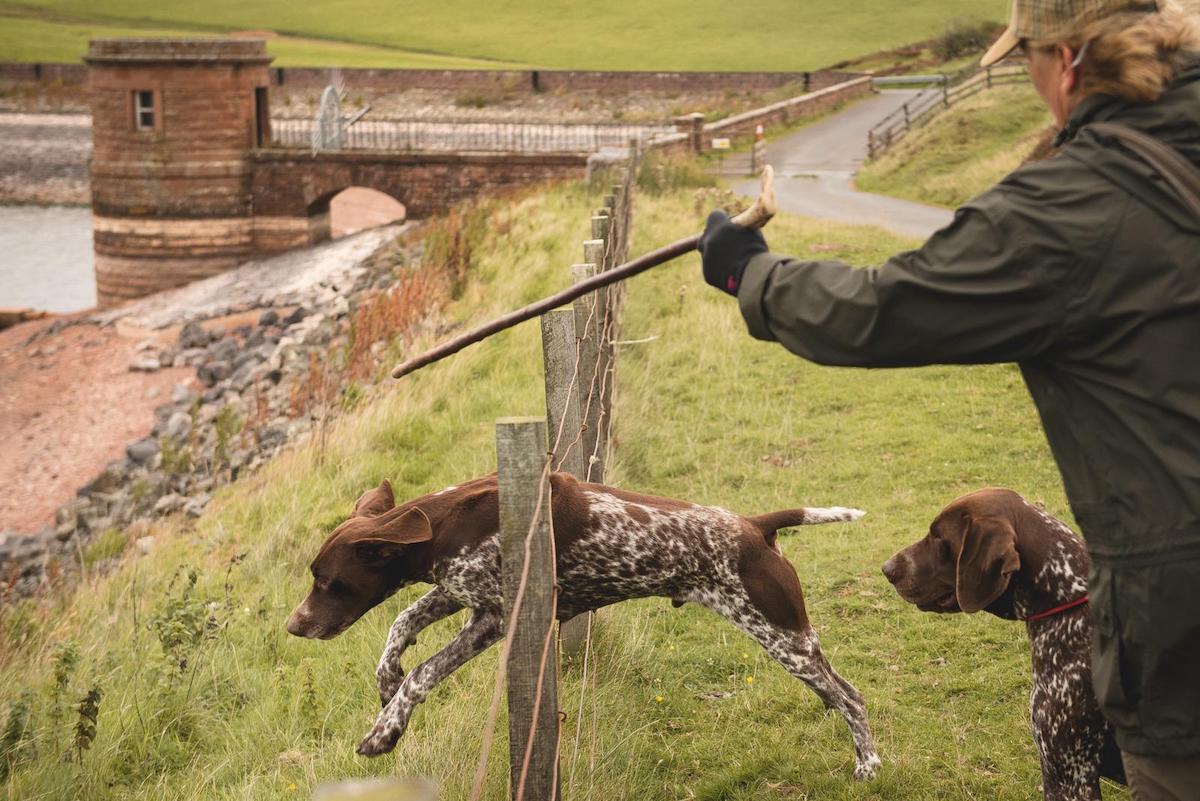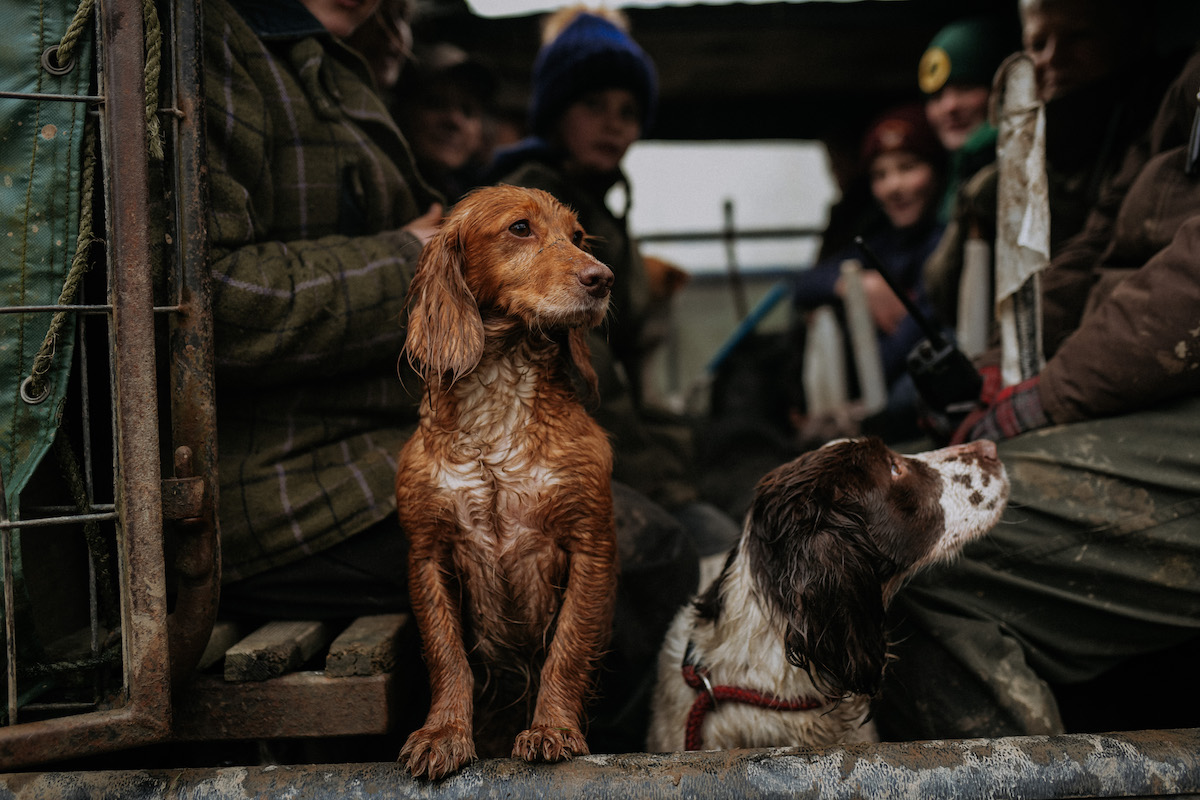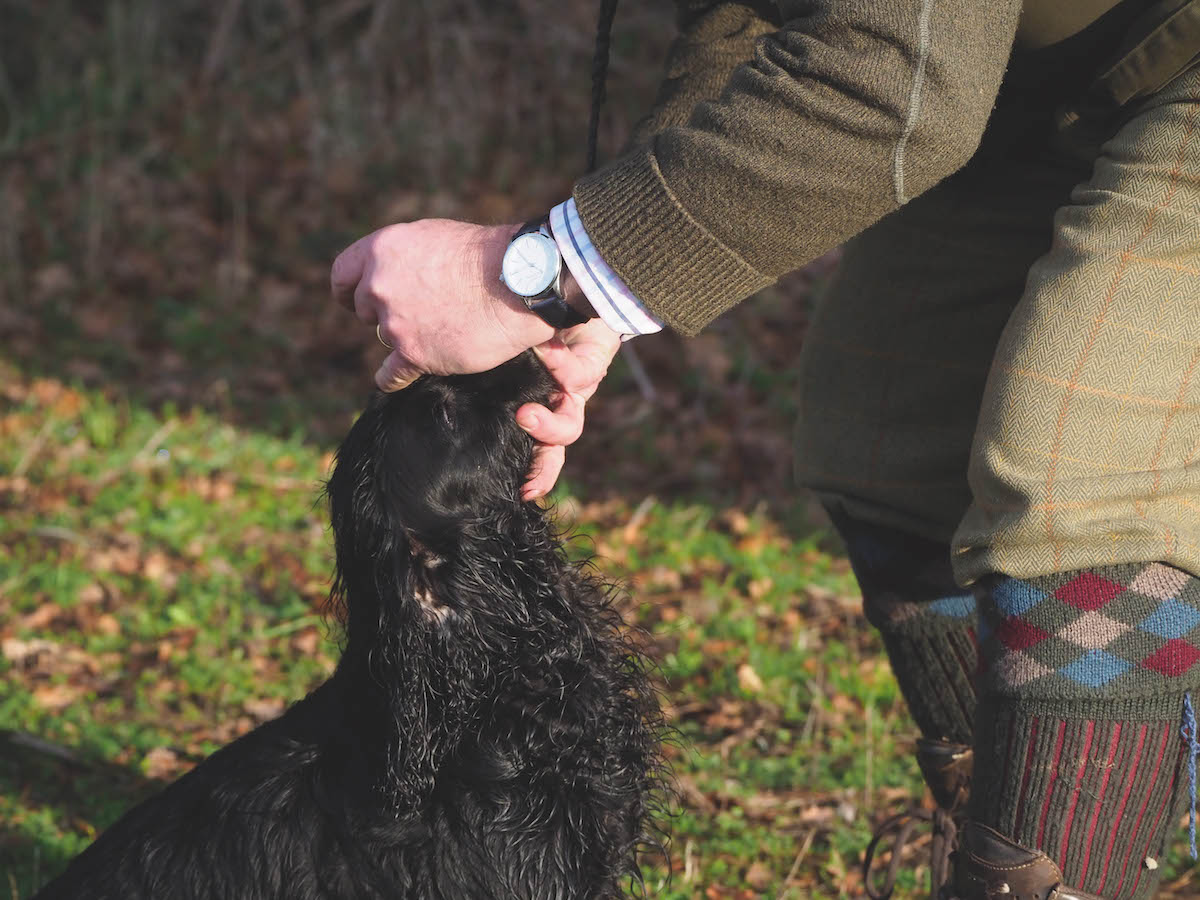How to give your gundog puppy the best start in life
The first litter of puppies from a prized gundog is a steep learning curve; Jeremy Hunt charts the process from the mating onwards

From conception to the day the first puppies are sold is around 18 weeks
Avoid dehydration
- During the whelping a bitch loses a large amount of liquid. She will also be stressed and probably panting if she is under a heat lamp. Take steps to avoid dehydration because the sooner the bitch can start producing copious amounts of milk the better.
- Many people underestimate how dehydrated a bitch becomes during a whelping. Expecting them to drink enough water is a waste of time, so throughout the whelping we give goat’s milk with some honey dissolved with a little warm water. Because bitches need this intake of liquid to be maintained for the days immediately afterwards, we never rely on her to take in water voluntarily — though it is always on offer.
- Ensure the whelping box is large enough for the bitch to stretch out and fit a pig rail to avoid puppies being squashed against the sides. Most bitches tend to prefer to lie on one particular side — a preference that can lead to some teats not being emptied fully, especially if it’s a small litter.
- To check all the teats are emptied evenly, remember which way your bitch’s head was facing when you let her out to relieve herself. If you do that you can ensure that when she returns her head is facing the other way to make the other side of the teats more available to the puppies.
- The main priority is to get a bitch eating well as soon as you can after the whelping. However, most bitches feel lacklustre and often refuse their normal food. We feed boiled chicken and chicken stock to bitches for three or four days after whelping. It’s a great source of protein and the liquid stock fuels milk production.
- We gradually switch over to a complete feed for the rest of the lactation. We ensure it is one of the top-quality feeds available for bitches nursing a litter, with protein content of around 30 per cent. Cost should not be an issue, so feed the best you can.
- If your puppies are in a kennel outside you will need a heat lamp. The height of the lamp above the litter is critical — its job is to keep the puppies warm, not to “bake” the bitch in the process. You may have to adjust the height of the lamp above the whelping box, especially if you feel the bitch and puppies are becoming too warm.
- It’s equally important to position the lamp so that it gives direct heat
to one end of the whelping box rather than in the centre. It means the puppies and the bitch can gain some respite by moving away from it if they feel it is too warm. - Make sure puppies are wormed at two-and-a-half to three weeks, then at five weeks and again at seven weeks. Ask your vet about using a product that will also eliminate giardia, which can cause diarrhoea in young puppies. Start weaning puppies at around three weeks. If you use one of the top puppy-weaning foods the palatability is so good that they will take it soaked and mushed from the outset.
How do you train gundog puppies?
I’m about to start training mine to pick-up.
Which gundog puppy will be pick of the litter?
Q: How do I going about choosing a puppy from the litter? I’m planning on breeding gundog puppies from my…
Sensible puppy feeding
Feeding puppies from three weeks to the time they leave at about eight weeks is often handled badly by novices. By three weeks a litter should be getting four meals a day. Watch the puppies eat and keep a close eye on their weight for guidance on steadily increasing their intake.
Feed too much and you get tummy upsets; feed too little and puppies don’t grow. Get it spot on and you will have super, healthy puppies. In many cases, puppies do not get fed enough, nor fed often enough, in the last three weeks before they leave. From six to seven weeks they will be increasingly less reliant on the bitch. Wean carefully and keep a close eye on the bitch’s teats and milk supply.
The first three weeks of rearing a litter should have the bitch as the prime focus and she’ll need up to four feeds a day. Don’t skimp here — she needs all the help she can get.
When the puppies start to eat solid food your work really starts, but the more time you devote to rearing a litter the easier it will be. There will be less risk of problems and the health of the bitch and her puppies will be
a testament to all your efforts.










